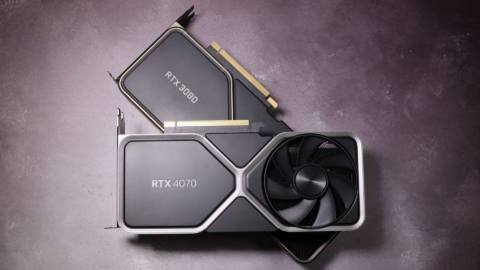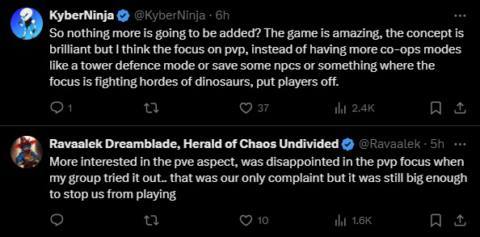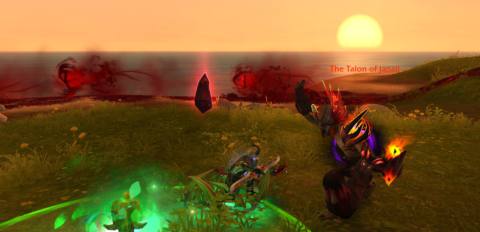Elon Musk's Blindsight brain implant has achieved a major milestone. It's now being worn by Geordi La Forge. No wait, it's actually been awarded Breakthrough Device Designation by the FDA. But to celebrate, Musk evoked the famously vision-enhanced Star Trek character in an X post.
According to Musk, the Neuralink device is designed not only to restore vision to those who have lost it, but even enable someone blind from birth to see for the first time.
The Blindsight device from Neuralink will enable even those who have lost both eyes and their optic nerve to see.Provided the visual cortex is intact, it will even enable those who have been blind from birth to see for the first time.To set expectations correctly, the vision… https://t.co/MYLHNcPrw6 pic.twitter.com/RAenDpd3fxSeptember 17, 2024
“The Blindsight device from Neuralink will enable even those who have lost both eyes and their optic nerve to see. Provided the visual cortex is intact, it will even enable those who have been blind from birth to see for the first time,” Musk said in an X post announcing the FDA decision.
The FDA's “breakthrough” status is applied to experimental medical devices that provide treatment or diagnosis of life-threatening conditions with a view to speeding up development and review of devices currently under development.
Exactly what Blindisght will be capable of isn't clear. The basics involve a microelectrode array embedded in the visual cortex and stimulating neurons, an approach than in itself isn't new. However, Musk did have the following to say:
“To set expectations correctly, the vision will be at first be low resolution, like Atari graphics, but eventually it has the potential be better than natural vision and enable you to see in infrared, ultraviolet or even radar wavelengths, like Geordi La Forge.”
Neuralink was founded in 2016 by Musk and a team of engineers with the aim of creating brain implants to help with a wide range of disabilities, from locomotion to sight and communication.
The company has already been testing a chip that allows the recipient to communicate with digital devices by thought alone, including playing Counter-Strike.
There has already been some pushback to Musk's characterisation of the device. The problem with such technology in the past has essentially been low resolution dictated by the number of electrodes implanted into the brain, which has amounted to perhaps a few dozen electrodes.
Neuralink has reportedly been making advances in terms of electrode density. But even an old Atari 2600 runs at a resolution of 30,000 pixels. So, there's a long way to go just to have Atari-quality eyesight.

Best CPU for gaming: The top chips from Intel and AMD.
Best gaming motherboard: The right boards.
Best graphics card: Your perfect pixel-pusher awaits.
Best SSD for gaming: Get into the game ahead of the rest.
Moreover, giving sight to someone blind from birth presents a whole different problem, as TechCrunch explains:
“People who have been blind from birth will not have developed the biological capacity for seeing through their eyes, meaning that despite the visual cortex’s cellular layout being optimized for vision tasks, the pathways that create the concept of vision sighted people understand will not exist. It is misleading for Musk to suggest otherwise, though I suspect the blind and low-vision community is accustomed to sighted people making this kind of mistake.”
The usual Musk-esque hubris is, perhaps, involved. But then hubris surrounds all of his public-facing projects and you have to grudgingly admit that significant advances have still been made by other Musk entities like SpaceX.
So, let's wish Neuralink every success while hoping it comes will a little less by way of Musk's incessant grandstanding.






